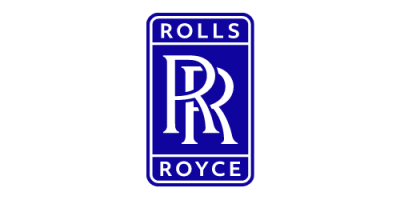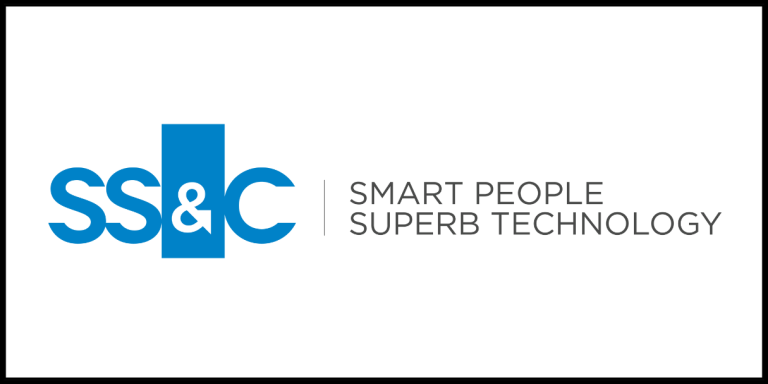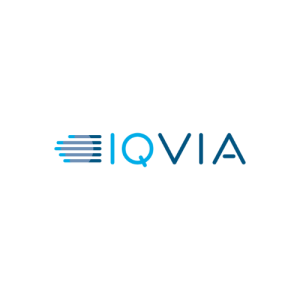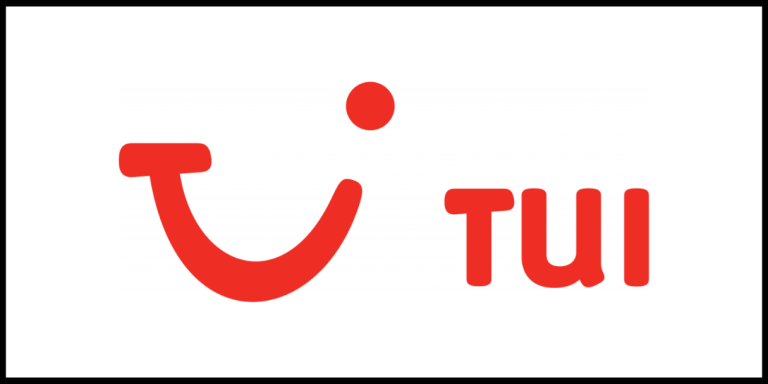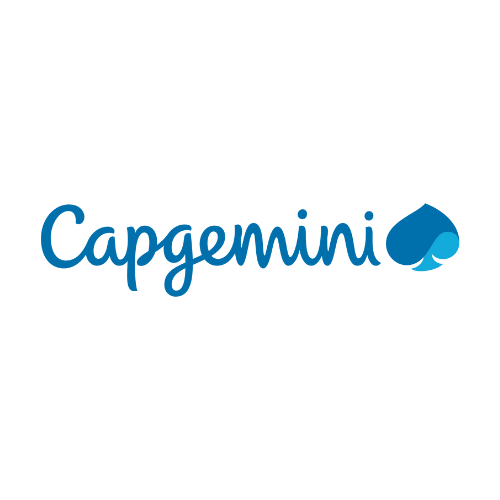
Engineering for Accessibility with Typeform
Home » Engineering for Accessibility with Typeform
By Miranda Gabbott
Want to use your career to make a positive change in the world? If you’re a software engineer, one highly effective way is to become an advocate for accessibility. As more and more aspects of our lives go online, equal access to digital resources is increasingly crucial for a fairer society.
We’re Typeform, and we make software for creating engaging forms. In tech-speak, we’re a platform that helps people create tools for collecting data, using a conversational approach. Helping businesses talk to customers in a friendly way is what we do. However, we once had a major blind spot.
Typeform wasn’t accessible to some people with disabilities.
We couldn’t help businesses talk to all of their customers. According to the WHO, around 15% of people have a disability. We were potentially cutting a significant number of people out of the conversation. And unfortunately, we weren’t the only ones. According to a 2021 WebAIM study, “97% of the top one million home pages had accessibility issues.” Though we formed part of that statistic and are still making improvements, here’s how we are turning it around — as described by two of our Software Engineers, Jess Sena & Raquel García.
What do we mean by engineering for accessibility?
There are several definitions of engineering for accessibility. But here, we’re talking about accommodating people who relate differently to technology because of a disability. For instance, some people with visual impairments use a screen reader. That is, a piece of software that allows you to hear the content on an interface spoken aloud, and navigate it using a keyboard, or gesture commands. Others, including those with colour blindness, can only see an interface clearly if there’s a strong contrast between the colours. Check out this resource for more information.


Fixing the glaring problems first.
First off, we commissioned an accessibility report of the part of Typeform people interact with most often: the renderer. That’s the interface you see when you answer a typeform. We hired an external agency for this, to avoid marking our own homework. Then, we powered through the main changes they recommended.
However, this was just a sticking plaster. To make Typeform accessible going forward, we had to change our culture. We needed to keep users with disabilities in mind when building features in the first place.
Making accessibility a standard, not a side project
Here are the five things we improved on to make sure our software engineers are coding a product that is available for everyone.
- We use boilerplate tools to check that our code is accessible. There are many tools out there for checking whether your code is accessible, and many of them are simple browser add-ons. Things that navigate the page as a screen reader might, or tell you whether the colours are sufficiently high contrast.
- We learn how to use assistive technologies ourselves. Our software engineers were trained in how to use screen readers and other assistive technologies. This helped us understand which user experiences to keep in mind.
- We work on accessibility considerations across teams. To create a new standard across Typeform, we consider accessibility at every step of the product development process. Here’s what that looked like from our designers’ and UX researchers’ perspectives.
- We treat accessibility complaints the same as fixes. Our bug reporting process is smooth: when a feature of Typeform needs repairing/updates, our engineers are on standby to fix it ASAP. We now include accessibility complaints or issues from our accessibility user testing in the same flow.
- We include accessibility in the product roadmap. Accessibility considerations aren’t a detour from our normal work. Our product managers are involved and help us plan resources for inclusivity products.

A brief afterword
Making Typeform accessible is a continual project, as is anything that requires constant consideration. But we’re all dedicated to creating a product that’s inclusive by default.
If you want to make a difference in your career, then going into software engineering with an accessibility mindset is a great way to do it. So many of our day-to-day activities take place online, making equality in this space critical. Become someone who drives forward this discussion, and you can be part of a much-needed change.



